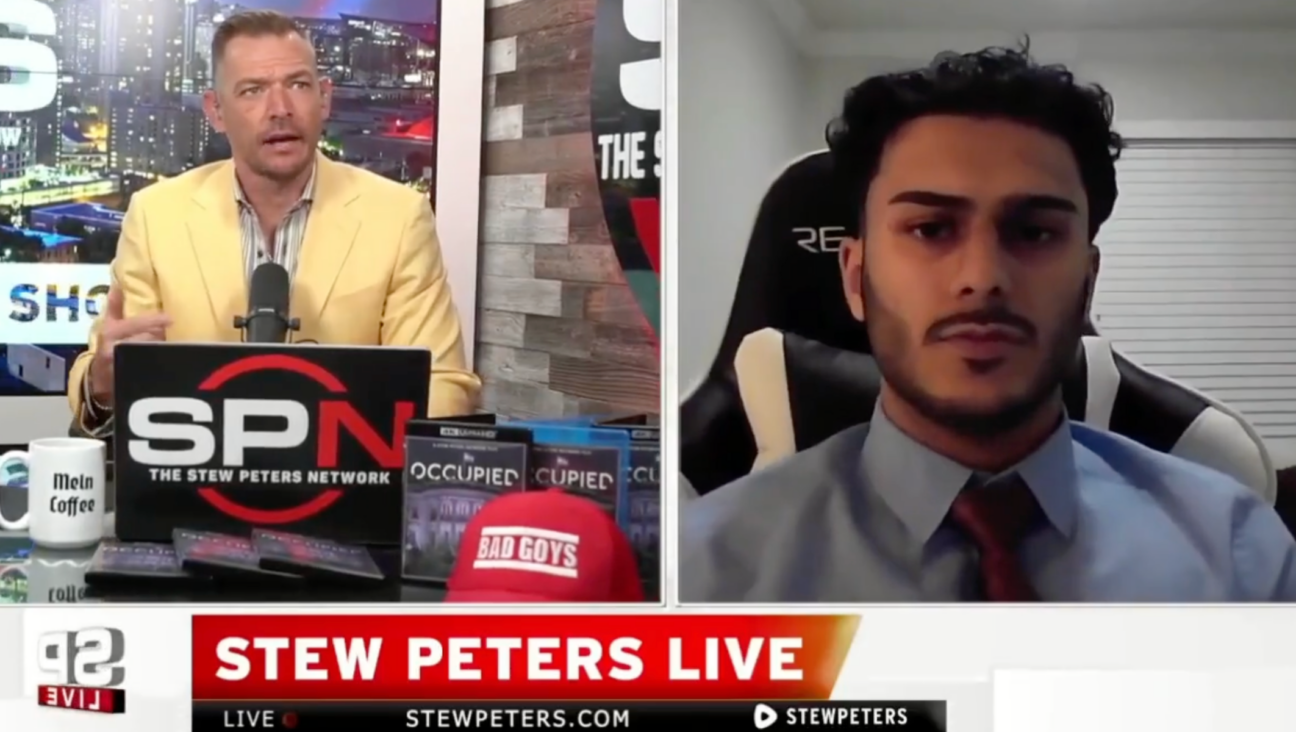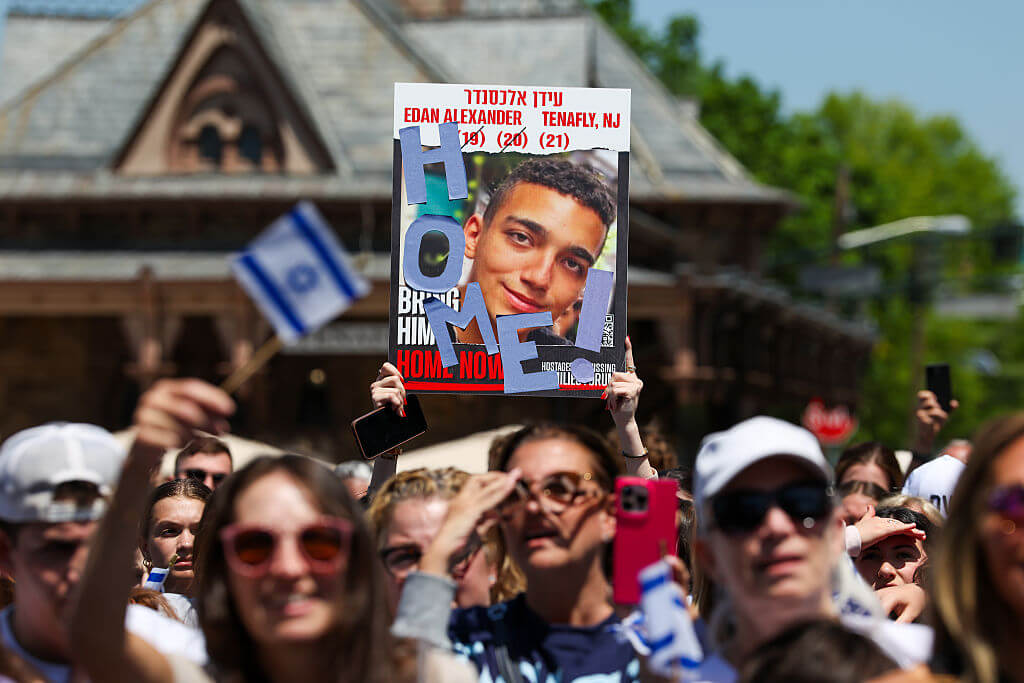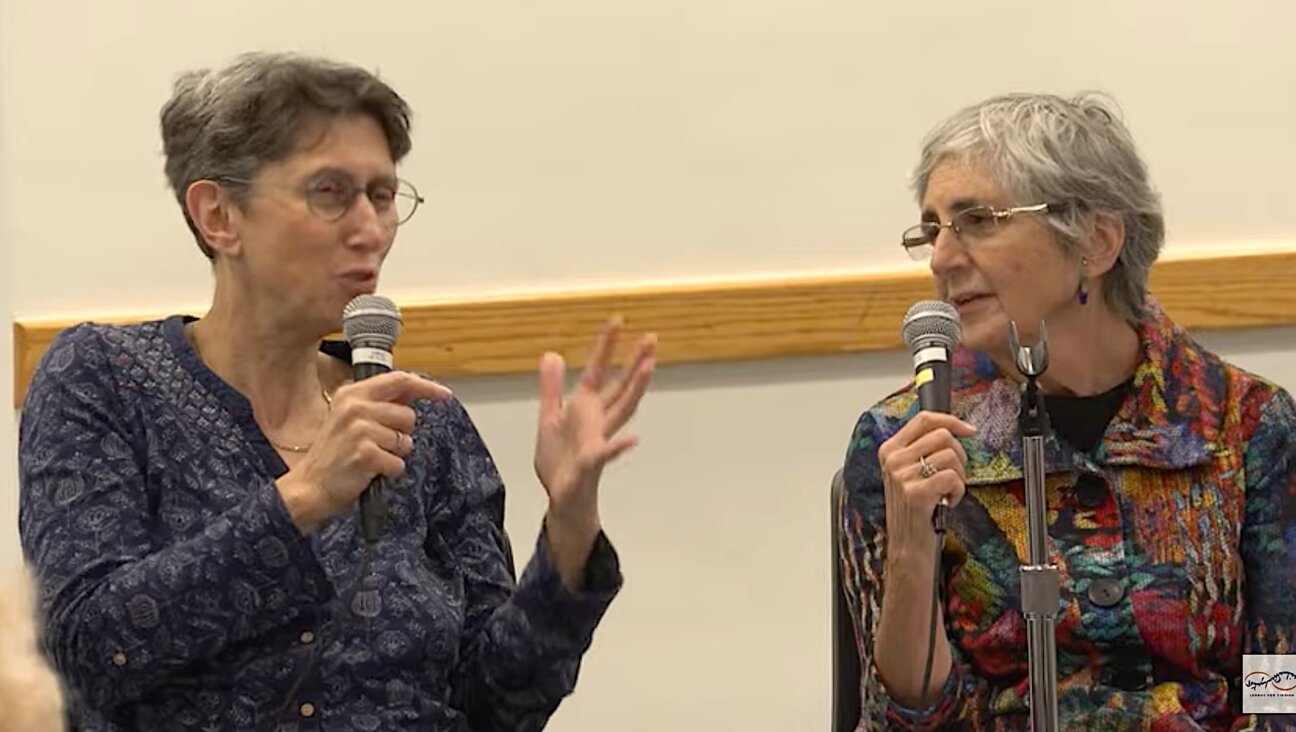Explainer: What the Israeli occupation of Gaza would mean for Israelis and Palestinians
Hostage families worry Netanyahu’s change of course spells doom for their loved ones
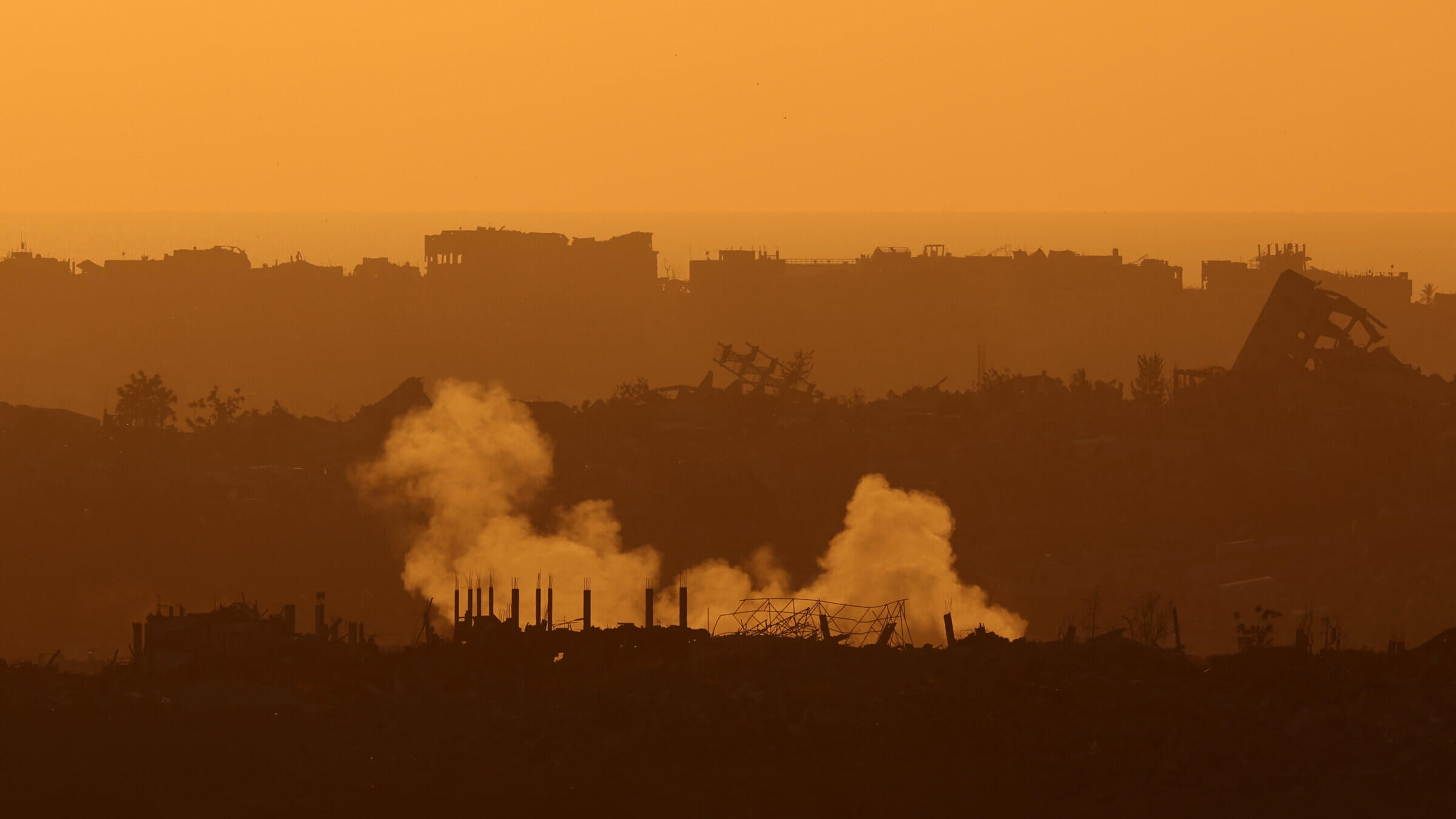
This picture taken from a position in southern Israel along the border with the Gaza Strip on May 6, 2025, shows smoke billowing from explosions in Gaza. Photo by Jack Guez/AFP via Getty Images
It was January 2024, and Prime Minister Benjamin Netanyahu wanted to be absolutely clear.
“Israel has no intention of permanently occupying Gaza or displacing its civilian population,” Netanyahu said in a recorded statement. “Israel is fighting Hamas terrorists, not the Palestinian population, and we are doing so in full compliance with international law.”
The Israeli premier was feeling the pressure. The Biden administration wanted him to disavow comments by two Israeli ministers who had called for mass relocation of Palestinians from Gaza. Accusations of genocide were gaining momentum in international fora. And only three months had passed since the biggest security failure in Israeli history had transpired under his watch.
Netanyahu’s announcement Monday that Israel does, in fact, now plan to occupy Gaza indefinitely shows how much circumstances have changed since then. President Donald Trump, after promising to end the war during his election campaign, has instead given Netanyahu the latitude to prosecute the war on his own terms. One of the ministers who called for Palestinian expulsion, Itamar Ben-Gvir, just returned from a U.S. speaking tour. A wave of resignations and firings from the Netanyahu government left no one to oppose the plan, which passed unanimously — despite widespread opposition in Israeli society.
A full-scale military operation to retake the half of Gaza not already under IDF control may not begin if a hostage deal is reached during Trump’s Middle East visit, which concludes May 16. But experts believe the window for a hostage deal — long opposed by far-right ministers like Ben-Gvir — has all but slammed shut.
“The political climate has changed,” said David Myers, a professor of Jewish history at UCLA and the former president of the New Israel Fund, a progressive Zionist organization, “and the winds are blowing very much in Netanyahu’s favor.”
Netanyahu’s stated goals with an occupation are what they were when the war began: destroying Hamas and returning the hostages. Critics like Myers say the prime minister’s true objective has also remained the same: keeping his far-right flank pleased as a means of staying in power.

What occupying Gaza would mean for Israelis
Occupying the Gaza Strip — that is, seizing and controlling a territory of roughly 2 million people — would require a significant scaling up of Israeli army resources.
Tens of thousands of IDF reservists would be recalled to serve in combat roles in the enclave. Many are unhappy about the prospect, with thousands of officers from Israeli air force, navy and intelligence units signing letters in recent weeks calling to end the war rather than return to fighting.
Recalling so many reservists for an extended period, even to serve on other fronts, could alter Israeli civil society. Already, well over half of reservists have exceeded 100 days on duty since the war began, with many describing burnout. The scale of their contribution has increased tension with a Haredi population whose resistance to conscription underpins Netanyahu’s coalition.
Looming over any such occupation is the sacrifice it would inevitably involve. Gaza was known as a particularly dangerous place to serve for decades before Israel disengaged from the territory in 2005; more than 400 Israeli troops have been killed in the post-Oct. 7 ground invasion. Though the IDF says it has killed some 20,000 militants since the war began, it has stated that tens of thousands more remain.
Many believe escalating hostilities in Gaza would also come at the peril of the estimated 59 remaining hostages, among them, 24 believed to be alive.
“We are all under the understanding that the continuation of the war will not bring the hostages back,” Udi Goren, cousin of murdered hostage Tal Haimi, told reporters this week.
Opposition leader Yair Lapid echoed the concern, and said Netanyahu was extending reservists “without a plan.”
The long-term goal, Myers predicted, was to build new settlements in Gaza — 20 years after Israel pulled out of the territory, partly due to the unsustainable cost of occupation and protecting settlements. Resettling the Palestinian enclave has been a goal of the expansionist Israeli far right ever since. Netanyahu has been on the record opposing resettlement.
One scenario could be a repeat of a dynamic that has for decades informed settlement expansion in the West Bank: rogue settlers set up an encampment and are confronted by government forces until there is a standoff. Cabinet ministers friendly to the rogue settlers cajole the government into extending limited recognition to the new encampments, and these eventually become permanent.
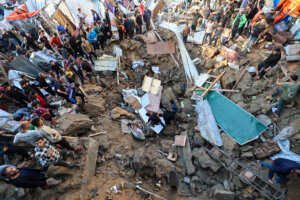
What it would mean for Palestinians
Largely absent from the discourse among Israelis about reoccupation has been concern about how it would affect Palestinians, who for more than two months have been denied humanitarian assistance by an Israeli blockade.
IDF spokesperson Effie Defrin said in a televised statement that Israel’s operation — codenamed “Gideon’s Chariots” — would involve “moving most of Gaza’s population” south, adding that “this is for their protection.”
Bezalel Smotrich — the other Israeli minister who called for Palestinian expulsion shortly after the war started — put it differently. “Gaza will be entirely destroyed,” Smotrich said, and its residents will “leave in great numbers to third countries.”
Meanwhile, the Israeli government says it plans to manage the distribution of aid to keep it from Hamas. But in the wake of an operation that has already killed 50,000 Palestinians and reduced much of the Gaza Strip to rubble, the notion of displacing hundreds of thousands or more once again troubled many international observers.
The U.N. said the plan “contravenes fundamental humanitarian principles and appears designed to reinforce control over life-sustaining items as a pressure tactic.”

